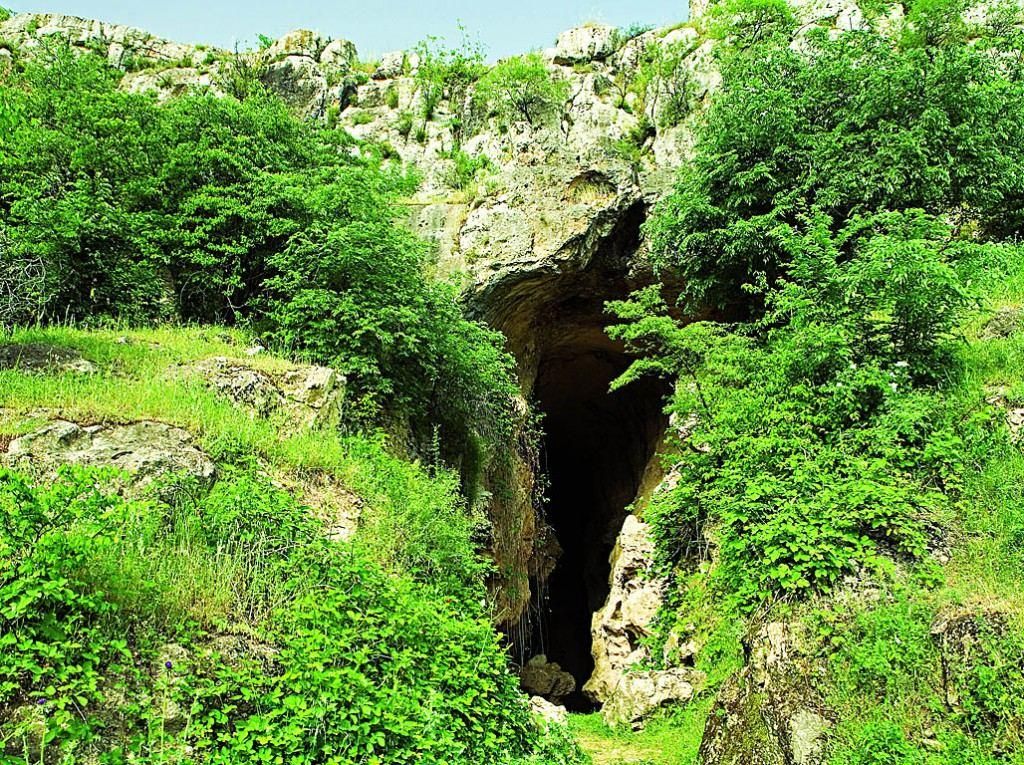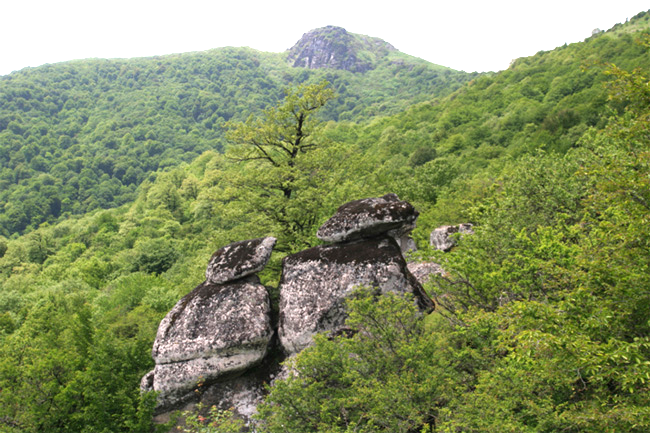Khinalig & Hyrcanian Forests inscribed in UNESCO World Heritage Sites [PHOTOS]
![Khinalig & Hyrcanian Forests inscribed in UNESCO World Heritage Sites [PHOTOS]](https://www.azernews.az/media/2023/09/25/khinaliggg.jpg)
Azerbaijan boasts a rich cultural heritage and a deep commitment to preserving its historical sites and traditions.
The Land of Fire is home to a myriad of UNESCO World Heritage Sites, which showcase the country's rich history and architectural marvels.
Recognizing the importance of safeguarding its cultural treasures, the country has established a valuable partnership with UNESCO to ensure the preservation and promotion of its unique legacy.
Azerbaijan and UNESCO have been enjoying successful cooperation since 1992.
Over the past years, a number of Azerbaijani historical and cultural sites have been included in the UNESCO World Heritage Site.
Currently, Azerbaijan has five sites on the list, including the Walled City of Baku with the Shirvanshah's Palace and Maiden Tower ( 2000), the Historic Centre of Sheki with the Khan's Palace (2019), Hyrcanian Forests (2023) and the Cultural Landscape of the Khinalig People and the Transhumance Route (2023).
During its 45th session held in Riyadh UNESCO World Heritage Committee has decided to inscribe the Cultural Landscape of the Khinalig People and the Transhumance Route ( Köç Yolu) as well as the Hyrcanian Forests.
Delivering the speech at the session, the chairman of the State Tourism Agency Fuad Naghiyev expressed his appreciation to everyone who supported the bid, describing the route as one of the unique examples of historical and economic model of not only Azerbaijan's but also the world's heritage.
He also expressed gratitude to Azerbaijani President Ilham Aliyev and First Vice-President Mehriban Aliyeva for their care and attention to the preservation of the country’s tangible and intangible heritage.
Note that Khinalig village sits on a mountaintop 2,350 meters above sea level in the Greater Caucasus Mountains. It's surrounded by some of the highest peaks in Azerbaijan, including Bazarduzu (4,466m), Shahdag (4,243m), and Gizilgaya (3,723m), and it boasts over 5,000 years of history.
Therefore, Khinalig is often called an island among the mountains. The village is famous for its unique historical and cultural heritage. Here is a temple of fire worshippers, the tomb of Khidir Nabi, Sheikh Shalbuz mosque, caves, and numerous unexplored archaeological sites dating back to the Middle Ages.
Some ethnologists consider that the people of Khinalig are related to the ancient tribe of Uti.
People in the area speak their own language and have unique cultural traditions. Annually, they are using the Köç Yolu to bring the livestock between winter and summer pasture. There are numerous camping sites, mosques, and mausoleums on this route.
Meanwhile, Hyrcanian Forests also became the country’s first natural site to be inscribed on the List.
With a history dating back 25 to 50 million years, Hyrcanian Forests form a unique forested massif that stretches along the southern coast of the Caspian Sea.
The newly inscribed elements comprise full ecosystems including top predators such as leopards, wolves, and brown bears, and the forest has a high degree of rare and endemic tree species. The oldest trees seen here are 300-400 years old, with some possibly up to 500 years old.
At the same time, the nomination "Azykh and Taghlar caves - prehistoric places of Azerbaijan", located in Azerbaijan's Garabagh economic region was included on the Tentative list by the decision of the 45th session of the UNESCO World Heritage Committee.
Armenia opposed the inclusion of two unique monuments in Azerbaijan's Tentative list, but the leadership of the Committee ignored this statement.
Known as one of the oldest human settlements in the world, Azykh Cave became the target of Armenian vandalism. The Armenian occupiers carried out illegal excavations in it with the involvement of foreign scientists.
After the liberation of Azerbaijani territories from occupation, part of the artifacts discovered in the Azykh Cave during illegal archaeological excavations were transferred to the Archaeological Fund of the Azerbaijan Institute of Archeology and Ethnography. Archaeological researches will be carried out there after an assessment of the current state of the monument.
Taghlar caves Khojavend in another archaeological site that was inhabited by prehistoric humans of the Mousterian culture during the Paleolithic.
The cave was discovered during the Paleolithic archaeological expedition of the Academy of Science of Azerbaijan under the leadership of Mammadali Husseynov in 1960.
In 1968, the low jaw bone of a human-related to the Neanderthal type was found there. The jawbone, with one molar totally intact and another partially broken, is believed to have belonged to a female about 18 years old.
As a result of the excavations, it was found out that 120,000 years ago, the Azykh cave was inhabited by Neanderthal people of the Middle Paleolithic Mousterian culture, which makes the cave one of the oldest Neanderthal settlements in the South Caucasus.
The partnership between Azerbaijan and UNESCO serves as a model for effective collaboration in preserving and promoting cultural heritage.
Through joint efforts, Azerbaijan has successfully protected its historical sites.
The recent inclusion of Azerbaijani sites in UNESCO demonstrates the country's dedication to preserving and promoting its cultural heritage.
---
Follow us on Twitter @AzerNewsAz
Here we are to serve you with news right now. It does not cost much, but worth your attention.
Choose to support open, independent, quality journalism and subscribe on a monthly basis.
By subscribing to our online newspaper, you can have full digital access to all news, analysis, and much more.
You can also follow AzerNEWS on Twitter @AzerNewsAz or Facebook @AzerNewsNewspaper
Thank you!




